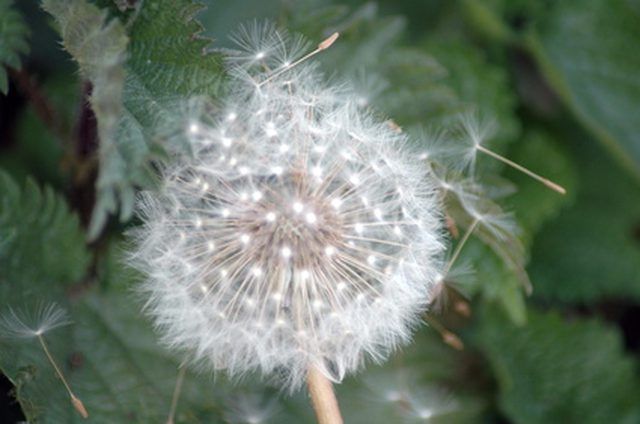Bulbs
Flower Basics
Flower Beds & Specialty Gardens
Flower Garden
Garden Furniture
Garden Gnomes
Garden Seeds
Garden Sheds
Garden Statues
Garden Tools & Supplies
Gardening Basics
Green & Organic
Groundcovers & Vines
Growing Annuals
Growing Basil
Growing Beans
Growing Berries
Growing Blueberries
Growing Cactus
Growing Corn
Growing Cotton
Growing Edibles
Growing Flowers
Growing Garlic
Growing Grapes
Growing Grass
Growing Herbs
Growing Jasmine
Growing Mint
Growing Mushrooms
Orchids
Growing Peanuts
Growing Perennials
Growing Plants
Growing Rosemary
Growing Roses
Growing Strawberries
Growing Sunflowers
Growing Thyme
Growing Tomatoes
Growing Tulips
Growing Vegetables
Herb Basics
Herb Garden
Indoor Growing
Landscaping Basics
Landscaping Patios
Landscaping Plants
Landscaping Shrubs
Landscaping Trees
Landscaping Walks & Pathways
Lawn Basics
Lawn Maintenance
Lawn Mowers
Lawn Ornaments
Lawn Planting
Lawn Tools
Outdoor Growing
Overall Landscape Planning
Pests, Weeds & Problems
Plant Basics
Rock Garden
Rose Garden
Shrubs
Soil
Specialty Gardens
Trees
Vegetable Garden
Yard Maintenance
How Do Dandelion Seeds Get the Fluffy & White Look?
How Do Dandelion Seeds Get the Fluffy & White Look?. A member of the sunflower family, the dandelion species is called Taraxacum officinale and is one of the most easily recognized weeds in the United States. The name dandelion means "tooth of the lion" and refers to the characteristic deeply indented leaves at the base of the plant. Each of these...

A member of the sunflower family, the dandelion species is called Taraxacum officinale and is one of the most easily recognized weeds in the United States. The name dandelion means "tooth of the lion" and refers to the characteristic deeply indented leaves at the base of the plant. Each of these hardy plants is actually a cluster of small flowers. After blooming, the yellow petals are replaced with a series of stems with fluffy white threads.
Dandelion Bracts
A dandelion flower is surrounded by a series of yellow petals called bracts. There is an inner and outer layer of bracts. The inner bracts remain erect until the dandelion seeds mature at which point they turn downward, thereby permitting the seeds to disperse. The outer bracts always remain pointing in a downward direction.
Self-Pollination
The dandelion plant does not require pollination in order to reproduce; rather it self-pollinates and reproduces asexually through seeds by a method in botany called apomixis. It is the dandelion's process of reproducing which creates its characteristic fluffy white sphere.
Mature Dandelion
Following self-pollination and flowering, the dandelion develops a round cluster of seed cases, or achenes. Each achene produces a seed. When mature, the inner layer of bracts points downward and the dandelion flower dries out for several days, eventually falling off, revealing a ball.
Fluffy White Sphere
The ball that remains once the flower falls off ultimately opens into a full sphere of as many as 200 thin fluffy white threads attached to a stem. This change can happen overnight.
Dandelion Seed
The white tuft at the top of each stem acts as a parachute enabling the seed to travel on the breeze or be picked up when brushed by a passing animal or person, thereby reproducing the dandelion. It is this distinct fluffy sphere of the dandelion which enables it to reproduce.